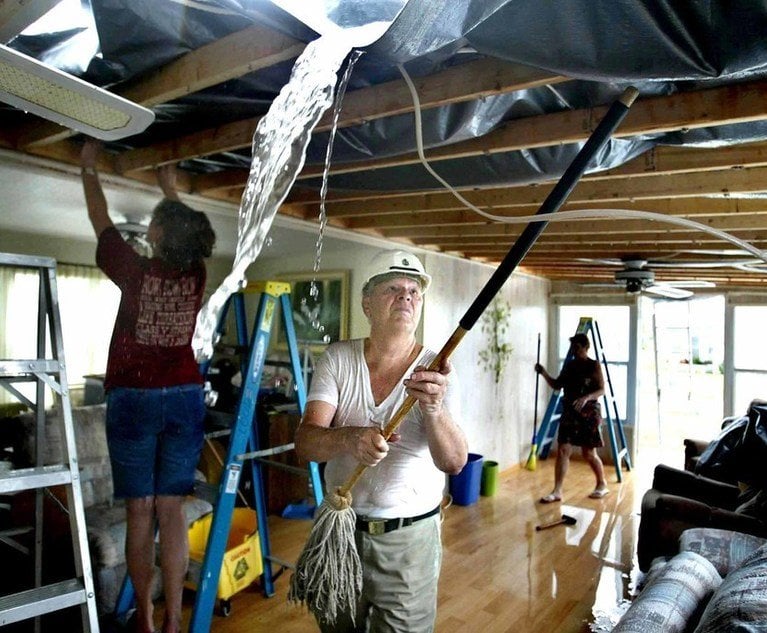 As is seen in countless cases involving water damage, defining terms is crucial and so is the application of policy language. Credit: J. Albert Diaz
As is seen in countless cases involving water damage, defining terms is crucial and so is the application of policy language. Credit: J. Albert Diaz
Editor's note: This is the final installment of a four-part series on water losses and claims from FC&S coverage experts. The first part of the series looked at general definitions for water losses, while the second part covered commercial policies and the third portion covered home policies.
Recommended For You
Want to continue reading?
Become a Free PropertyCasualty360 Digital Reader
Your access to unlimited PropertyCasualty360 content isn’t changing.
Once you are an ALM digital member, you’ll receive:
- Breaking insurance news and analysis, on-site and via our newsletters and custom alerts
- Weekly Insurance Speak podcast featuring exclusive interviews with industry leaders
- Educational webcasts, white papers, and ebooks from industry thought leaders
- Critical converage of the employee benefits and financial advisory markets on our other ALM sites, BenefitsPRO and ThinkAdvisor
Already have an account? Sign In Now
© Touchpoint Markets, All Rights Reserved. Request academic re-use from www.copyright.com. All other uses, submit a request to [email protected]. For more inforrmation visit Asset & Logo Licensing.







